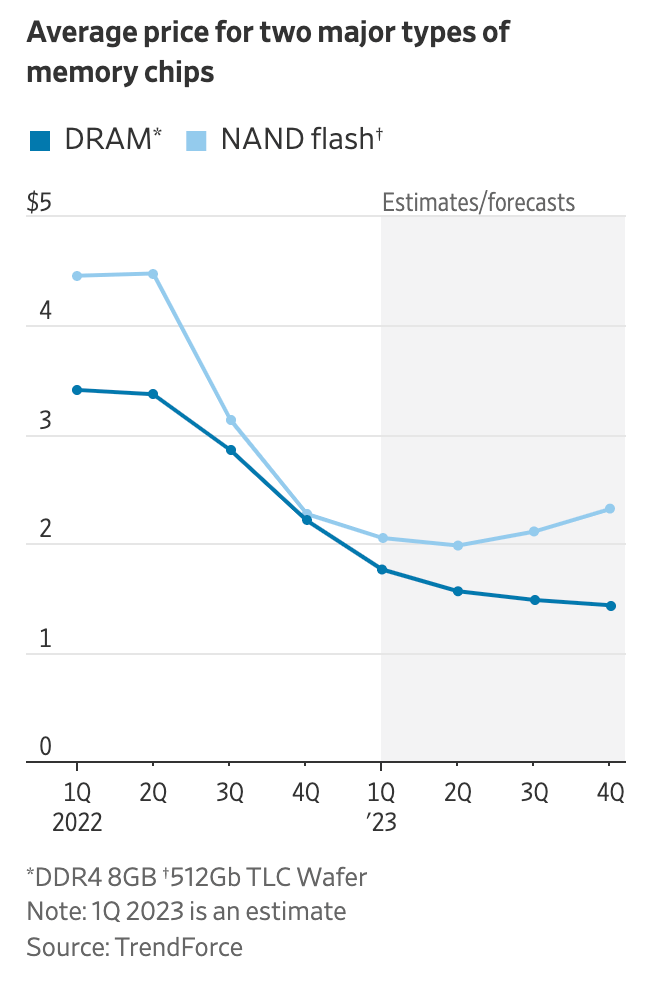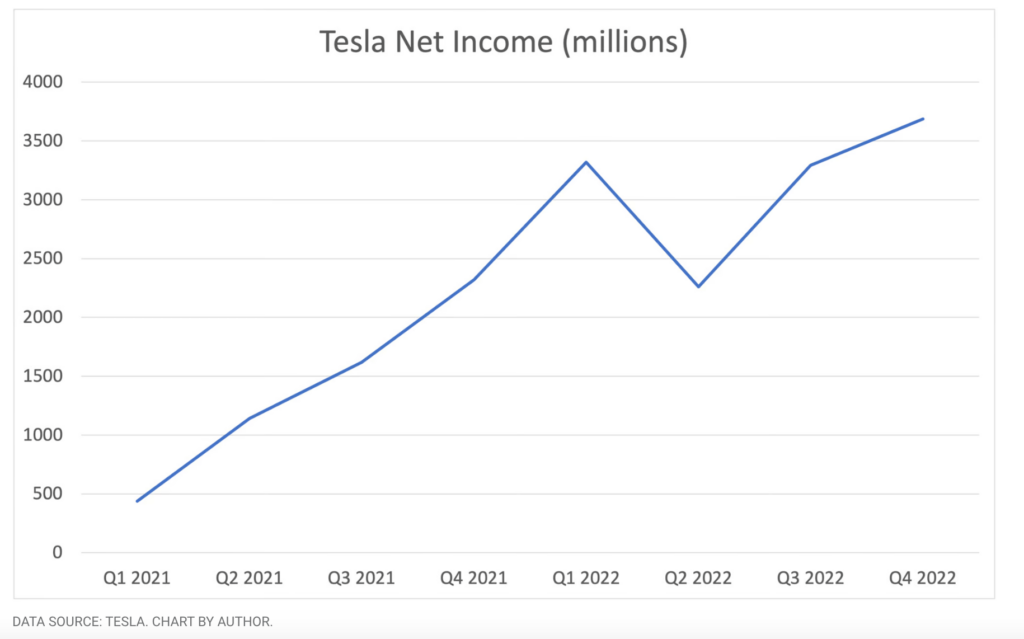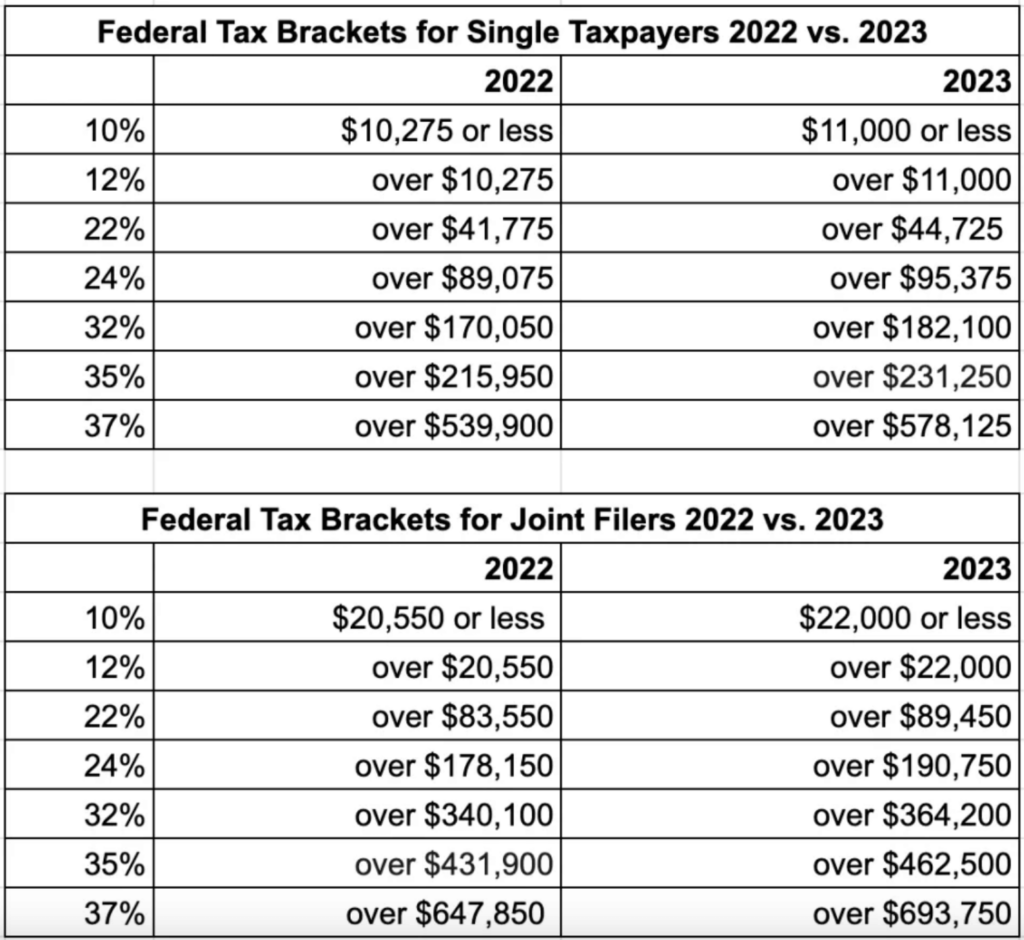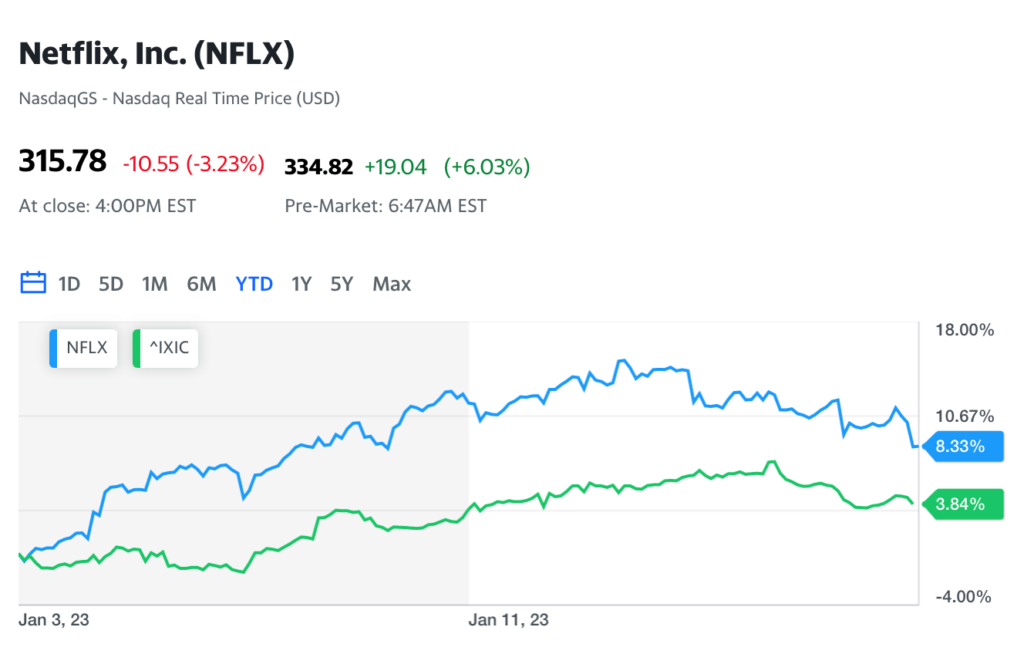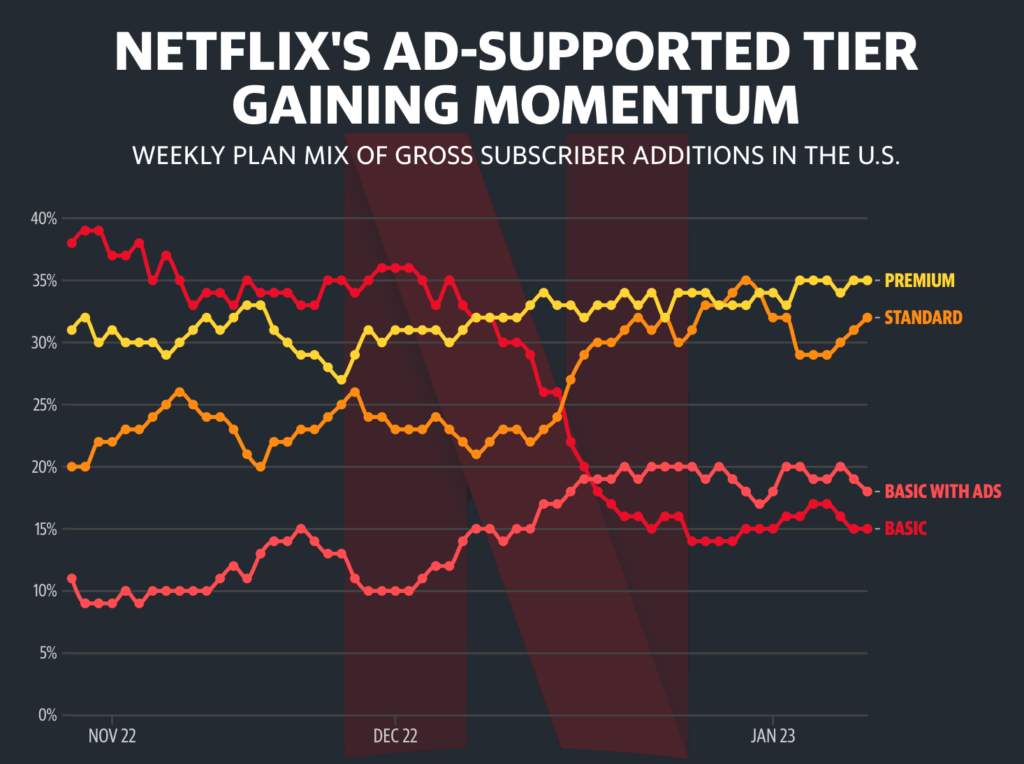This Online Brokerage Will Pay You $3,500 Just To Open An Account
Online brokerages are battling each other to win your account. And some are willing to pay up for it.
Surprisingly lucrative bonuses are up for grabs if you open an account with a brokerage or refer a friend to an online broker. Most of the major online brokerages are doing it, including E-Trade, Charles Schwab (SCHW) and Ally Financial (ALLY).
Morgan Stanley’s (MS) E-Trade is the most generous. It’s handing out up to $3,500 if you fund an account with $1.5 million or more.
But don’t worry. Even if you don’t have a million bucks sitting around, brokerages will still pay you.
In IBD’s 2023 Best Online Broker survey, respondents rated the attribute incentives/discounts/pricing 12th out of 18 traits. But everyone loves free money.
Online Brokerages: Bonuses Aren’t Just For Millionaires
Don’t assume you need to be a millionaire for brokerages to offer incentives for your account.
Take E-Trade, for instance. The brokerage pays up the more you put in, but still has attractive offers for lower amounts. E-Trade will pay you $50 for opening an account with as little as $5,000 in it. If you’re able to pony up $20,000 for a new account, that bonus doubles to $100. The bonus keeps rising, reaching $300 for a $100,000 account and $1,200 for a $500,000 account.
To get the bonuses, make sure you enter the BONUS22 code in your application. You must also fund the account in 60 days.
Investor Incentives
Some online brokerages, in fact, are paying ongoing incentives that might appeal most to newer investors with smaller account balances. Take Robinhood (HOOD), the app-based broker that caters to beginning investors. In December, the company launched its new individual retirement account (IRA) offering to help customers save for retirement. Robinhood will match contributions by 1%.
What does that mean in dollars and cents? If you contribute the maximum $6,000, Robinhood will put an extra $60 in your account. “This is not a one-time promotion, but rather a sustainable feature within the Robinhood Retirement account,” said Robinhood spokeswoman Jacqueline White. It’s sustainable because Robinhood keeps contributing to your IRA over time.
“Online brokerages used to offer free trades to attract new clients, but with trade commission for the most part already at zero, they need to find other ways to entice investors to select them,” said Mike Foy, senior director of wealth intelligence at J.D. Power. “Cash offers are common, and some firms are even getting more creative — like Robinhood’s recent announcement that they will match (a portion of) some client IRA contributions.”
Firms are betting that if they can attract assets now, over the long term they will be able to monetize them through selling more fee-based services, including advice and guidance as many investors find they need more help as their wealth grows and their needs become more complex over time. And there’s some evidence that this may be an effective strategy going forward — one example is that we see four out of five (81%) Gen Y DIY investors say they would be interested in an automated or robo-investing service if their firm offered it.”
Sizing Up Online Brokerages’ Offers
Even the largest and most established online brokerages will make it worth your while to work with them.
Charles Schwab, which consistently ranks well in IBD’s Best Online Brokers survey and led the pack in this year’s survey, offers a number of bonuses. Open a new account with at least $50 in the Schwab Starter Kit program, and you can get a bonus of $101. The bonus is put into your new account and you can use it to buy “stock slices,” or a mutual fund-like basket of a number of large stocks.
But Schwab’s potentially most lucrative offer is a bonus of up to $1,000 if you open an account after being referred by an existing Schwab client. The bonus varies based on how much you put in your Schwab account.
The bonus is $100 if you deposit $25,000, going all the way up to $1,000 if you open a $500,000 account. To get your bonus, make sure you get a referral code from the existing Schwab member and fund the account in 45 days.
Just know that bonuses are constantly changing and can vanish at any time.
Fidelity, another top-rated online broker with IBD survey respondents, offered a bonus of $150 for people who opened accounts with at least $50 in its holiday-themed Starter Pack offer. But that offer expired in early December. It has since renewed it. And not all brokers offer bonuses, including Interactive Brokers (IBKR).
Know The Risks
Additionally, most bonuses have stipulations attached that you must follow. Most commonly, you have roughly a month to get the money into the account to get the bonus.
And if you’re planning to close your existing account and move your money, you might face a fee on the way out. Online brokers might charge $50 or more if you transfer your account, sometimes called an ACAT transfer fee. You might be able to avoid the fee if you only transfer part of your old account, not the whole thing.
But there’s also a bonus to help with the fee, too, if you must pay one. For example, if you move an account worth $2,500 or more to Ally Invest, a unit of Ally Financial (ALLY), it will reimburse transfer fees up to $75.
Source: investors.com

